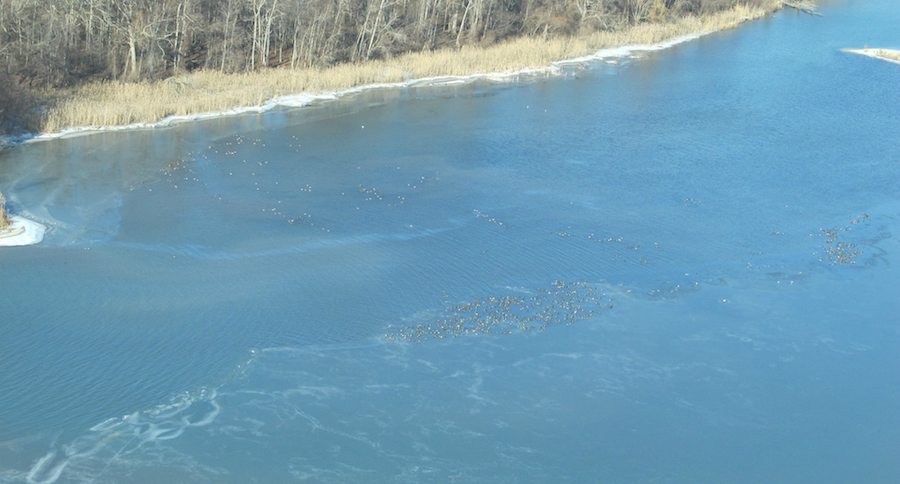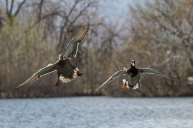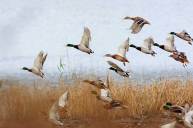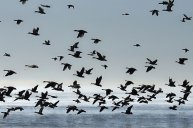When it's time for the Michigan Department of Natural Resources to take stock of the state's waterfowl population, officials take to the air.
Every year, Wildlife Division personnel fly in small aircraft to count ducks, geese and swans on waterways in southern Michigan.
The 2017 survey took place earlier this year, and DNR personnel saw 148,521 ducks, 49,840 geese and 5,103 swans.
Michigan is part of a group that conducts the Mid-Winter Waterfowl Survey. Partners in the survey include other states, the U.S. Fish and Wildlife Service, Canadian provinces and the Canadian Wildlife Service.
Michigan's population estimates are combined with those of Minnesota and Wisconsin for mid-continent estimates. The survey is an essential part in establishing waterfowl hunting seasons.
In 2016, Michigan staff counted 157,028 ducks, 33,468 geese and 5,896 swans.
While goose observations were up, duck sightings were down. However, biologists say the population is healthy. The 5% drop can be attributed to December cold pushing the ducks further south than usual.
"The ducks were concentrated this year, with the ice cover that we had early in the winter," says Joe Robison, DNR Wildlife Division's Southeast Region Field Operations manager. "We did not count as many ducks in 2017's survey, but we did see large rafts of over 40,000 canvasbacks on the Detroit River. That is always a great sight."
Southeast Michigan is an important location for migrating waterfowl. In the area of western Lake Erie, the Detroit River and Lake St. Clair, billions of waterfowl migrate through in the spring and fall.
And many birds spend the winter on the open water in the southeast area of the state.
NEXT: THIS 5-MONTH-OLD PUPPY PRACTICING RETRIEVES IS TOO ADORABLE




